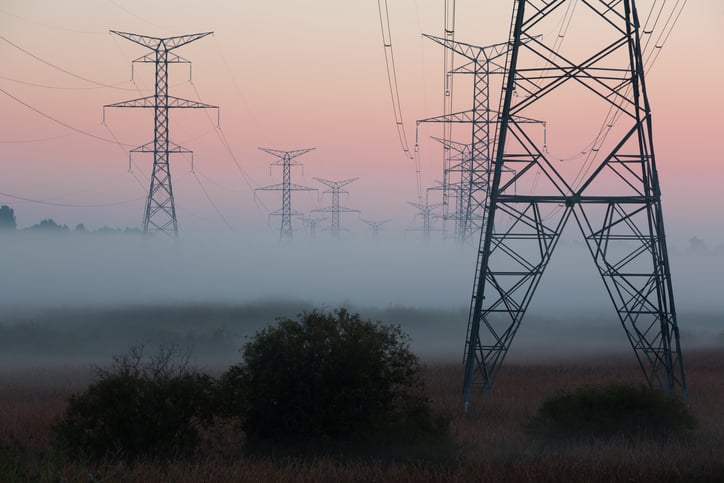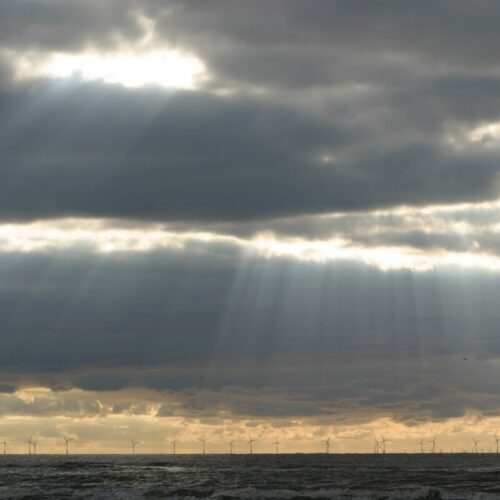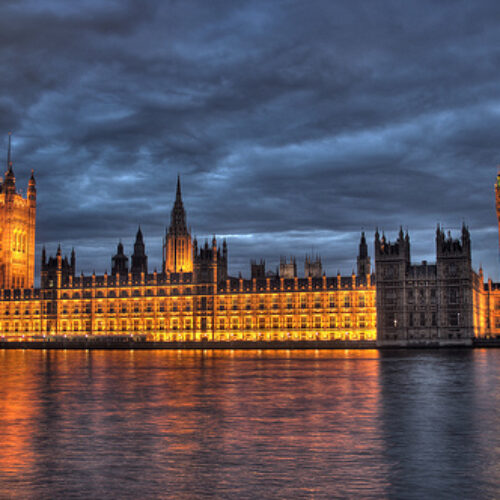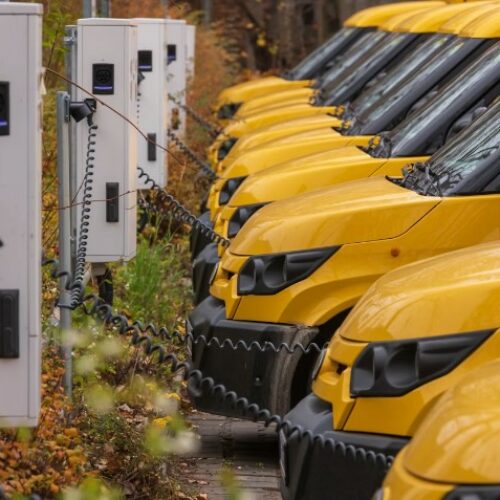Ofgem has announced new plans to improve the financial health of energy suppliers in an effort to avoid company failures on the scale seen over the last year.
Currently when a supplier fails its customers get moved to a new company as part of the Supplier of Last Resort (SoLR) mechanism, and their credit balance remains intact.
However, the new supplier does not receive the customer credit balances from the failed supplier, with the costs of replacing those balances instead shared across all consumer bills. A similar arrangement is in place for Renewable Obligation payments, with mutualisation triggered in 2021 for the fourth year in a row due to supplier exits.
Under the new proposals set out by Ofgem yesterday (20 June), retailers would be required to protect this customer money, to ensure that if they do go out of business it doesn’t add costs to already high energy bills.
“Today’s plans are another step in making sure the complex energy market is fair, resilient and works for everyone,” Jonathan Brearley, CEO of Ofgem, said.
“But if some do still fail, consumer credit balances and green levy/renewables payments will be protected. Currently they are used by some suppliers like an interest free company credit card. Moving forward, all suppliers will have to have enough working capital to run, without putting their customers’ credit balances at risk. Today’s proposals will make sure that customers’ hard-earned money is properly protected so that a company must foot the bill if it fails, rather than consumers picking up the tab.”
In addition to changes to the protection of credit balances and green levies in the event of supplier failure, Ofgem has also proposed improvements to the financial health of suppliers to ensure they can weather the current challenges, requirements for suppliers to have better control over key assets and the tightening of rules of the level of direct debits suppliers can charge their customers to ensure balances do not become excessive.
They form part of the regulator’s wider work to boost longer-term resilience in the market following the turbulency of the past year. This includes bringing in financial stress tests and the Market Stabilisation Charge, as well as supplier boards now being required to undertake self-assessments of their management control frameworks.
Ofgem is further consulting on new financial licence requirements and the potential of setting the default tariff price cap every three months, instead of every six.
“The energy market remains incredibly volatile and there are a number of huge geopolitical issues continuing to apply massive pressure. Ofgem is working hard to ensure energy suppliers shore up their positions so they can weather the ongoing storm,” continued Brearley.
“By ensuring that suppliers are operating well-financed, sustainable, and have more resilient business models, we can avoid the supplier failures we saw last year which caused huge stress and worry and added costs to everyone’s bills.”
Since September 2021, 28 suppliers have failed as wholesale gas prices surged to record highs over winter. The cost of moving the customers of these suppliers to new companies – including the cost of buying extra gas at short notice amid the record high prices and the cost of replacing lost customer credit balances and green levy/renewables payments – has added £94 per household to energy bills.
The price cap jumped by 54% at the beginning of April, to £1,971, and is expected to further increase in October, with the latest prediction from Cornwall Insight suggesting it could hit £2,980.
Concern has continued to grow over 2022 as to the stability of suppliers amid the continued volatility and looming price jumps over winter, with calls from suppliers for further action.
ScottishPower’s CEO Keith Anderson warned that the size and scale of the current energy crisis and the knock-on impact on consumer bills is now “beyond what this industry can deal with”. While Centrica’s Chris O’Shea called for more protection of customers’ balances as well as tests of supplier management teams.
Since the start of 2021, these suppliers have failed:
|
Date of collapse |
Supplier |
Customer numbers |
|
29-Jan-21 |
360,000 |
|
|
29-Jan-21 |
50,000 |
|
|
10-Aug-21 |
Hub Energy Limited (licence name Gas and Power Limited) |
15,000 |
|
08-Sep-21 |
9,000 |
|
|
08-Sep-21 |
85,000 |
|
|
14-Sep-21 |
220,000 |
|
|
14-Sep-21 |
350,000 |
|
|
23-Sep-21 |
580,000 |
|
|
23-Sep-21 |
255,000 |
|
|
29-Sep-21 |
6,000 |
|
|
29-Sep-21 |
179,000 |
|
|
29-Sep-21 |
48,000 |
|
|
14-Oct-21 |
9,000 |
|
|
14-Oct-21 |
235,000 |
|
|
14-Oct-21 |
15,000 |
|
|
19-Oct-21 |
22,000 |
|
|
02-Nov-21 |
5,900 |
|
|
03-Nov-21 |
41,000 |
|
|
04-Nov-21 |
6,000 |
|
|
04-Nov-21 |
300 |
|
|
04-Nov-21 |
14,800 |
|
|
04-Nov-21 |
2,600 |
|
|
17-Nov-21 |
5,500 |
|
|
17-Nov-21 |
30,000 |
|
|
22-Nov-21 |
1,700,000 |
|
|
25-Nov-21 |
5,400 |
|
|
25-Nov-21 |
65,000 |
|
|
1-Dec-21 |
11,700 |
|
|
2022 |
||
|
18-Jan-22 |
176,000 |
|
|
21-Feb-22 |
262 |
|
|
21-Feb-22 |
274 |
|
|
Total customers: |
4,314,500 |





